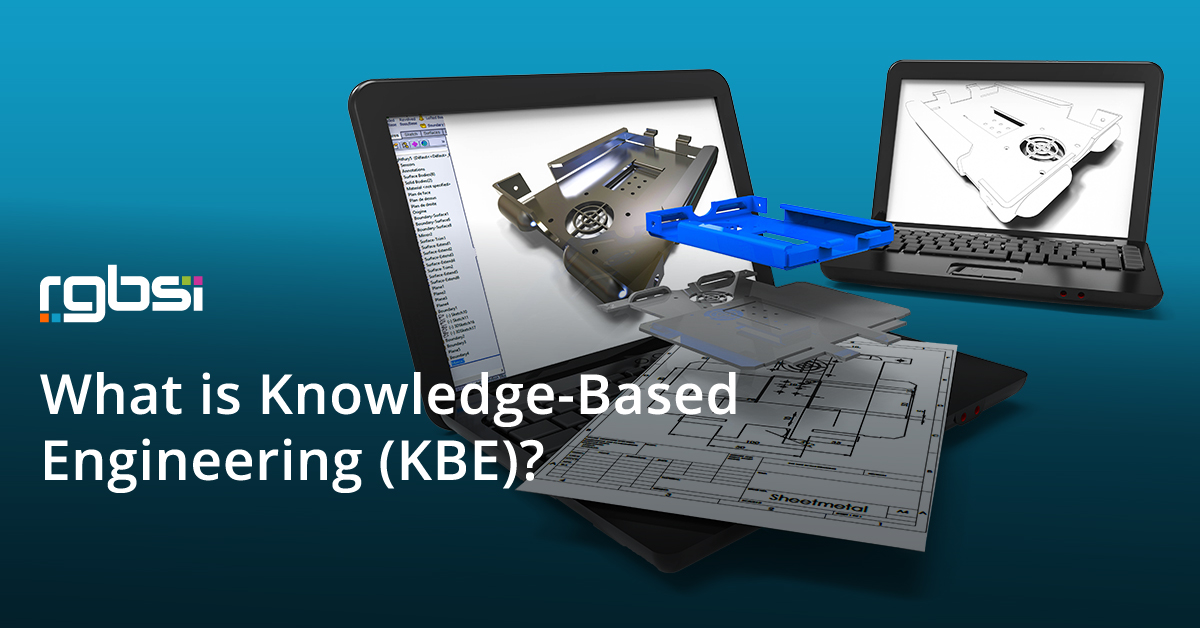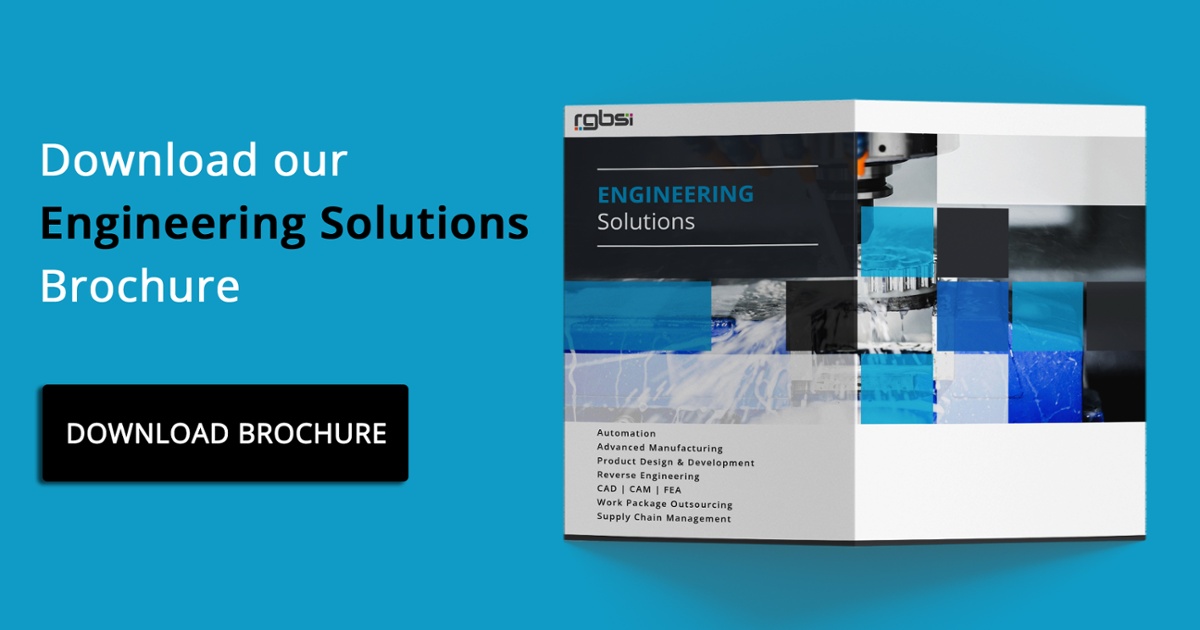
Knowledge-based engineering, or KBE, constitutes the integration of object-oriented programming, artificial intelligence (AI), and computer-aided design (CAD).
KBE systems intend to capture product and process information to enable businesses to replicate or model engineering processes. The model will then be used to automate parts of the process or its entirety. The product model serves as a computer representation of the design process. This process explains the how, why, and what of a design. Additionally, KBE product models can contain physics-based analysis, databases, spreadsheets, legacy programs, and cost models, essentially, other pieces of information outside its environment.
Typical KBE Methodologies
Although there are still no standard KBE development methodologies available in the industry, there have been some efforts to develop a structured KBE approach. Among the products of these efforts are the MOKA methodology and the knowledge engineering process.
Methodology and Tools Oriented to Knowledge-Based Engineering Applications (MOKA)
A European consortium developed MOKA to structuralize development approaches to KBE. MOKA assumes structuralization of knowledge for representation and storage. MOKA methodology lays out a structured system of translating informal models, or engineering jargon understandable by engineers, to formal models, user-friendly and understandable by the software developer.
The Knowledge Engineering Process
Knowledge engineering primarily deals with knowledge acquisition, representation, validation, inferencing, explanation, and maintenance. The Knowledge Engineering Process gets completed in five major tasks:
1. Knowledge Acquisition
Knowledge acquisition includes the process of acquiring knowledge, be it from human experts, books, documents, or any other relevant source of necessary expertise.
2. Knowledge Validation
In this step, the knowledge acquired from various sources is validated and verified, usually by way of test cases, until deemed acceptable.
3. Knowledge Representation
After determining validation, knowledge gets organized into a knowledge representation. This task subsumes the preparation of a knowledge map and encoding the understanding in the knowledge base.
4. Inferencing
Once the knowledge representation gets established, businesses need to design the software to enable inferences based on that knowledge. Then, the system provides advice to a non-expert user.
5. Explanation and Justification
This task involves designing and programming an explanation capability to answer specific questions, such as why there is a need for a particular piece of information or how one came to a specific conclusion.
KBE, CAD, and AI
CAD systems usually provide “design automation” capabilities. Although these systems allow a parametric variation in parts, assemblies, and drawings, restrictions apply to more extensive changes to the product configuration and the ability to embed rules limited only to simple logical statements. On the other hand, KBE systems provide more flexibility and fewer restrictions in design automation development. KBE systems allow complex rules, heuristics, artificial intelligence, and agents embedded in its network. Additionally, KBE systems enable maximum reuse of corporate design knowledge by abolishing unnecessary tasks to transform product concepts into production-ready details.
A knowledge-based system is a software that intends to replicate or imitate human problem-solving and is programmed using artificial intelligence or AI. The critical components of KBS or AI are knowledge base and inference mechanisms. The core distinction between KBS and KBE is that KBE is particular to engineering product developments.
Benefits of KBE
Relative to traditional product development technology, KBE technology offers more benefits that are both tangible and intangible.
Reducing Product Development Cycle Time
Usually, the new products that a company develops are variations of existing products. New product designs typically start with less knowledge of the existing products, making engineers undergo the same mundane tasks to leverage that knowledge. With KBE, these routine engineering tasks are automated for similar products by representing the process of accomplishing them as rules in the product model, thereby reducing the product development cycle significantly.
Improving the Quality of the Product
The pressure of keeping up with public demands to launch new products may compromise product quality. However, since KBE systems expedite the optimization process, companies can allot more time to ensure high-quality products than traditional product development processes.
Capturing Engineering Technology and Reuse
One of the pressing concerns in the engineering industry is the aging workforce, where a significant amount of knowledge gets lost on resignation and retirement. However, using a KBE system addresses this problem in that it captures their design knowledge and encapsulates them for future use.
Enable Concurrent Engineering
A KBE system holds an “integrative” nature that allows for product development’s concurrent engineering, merging multiple disciplines.
About RGBSI
At RGBSI, we deliver total workforce management, engineering, quality lifecycle management, and IT solutions that provide strategic partnership for organizations of all sizes.
Engineering Solutions
As an organization of engineering experts, we understand the importance of modernization. By pairing modern technology with design expertise, we elevate fundamental engineering principles to accommodate growing product complexity requirements. We work with clients to unlock the full potential of their products and enable future innovation.
Our CAD customization and automation services include design process automation, drafting automation, macros development, API, toolbar, and user interface customization.
Learn more about our engineering services.











